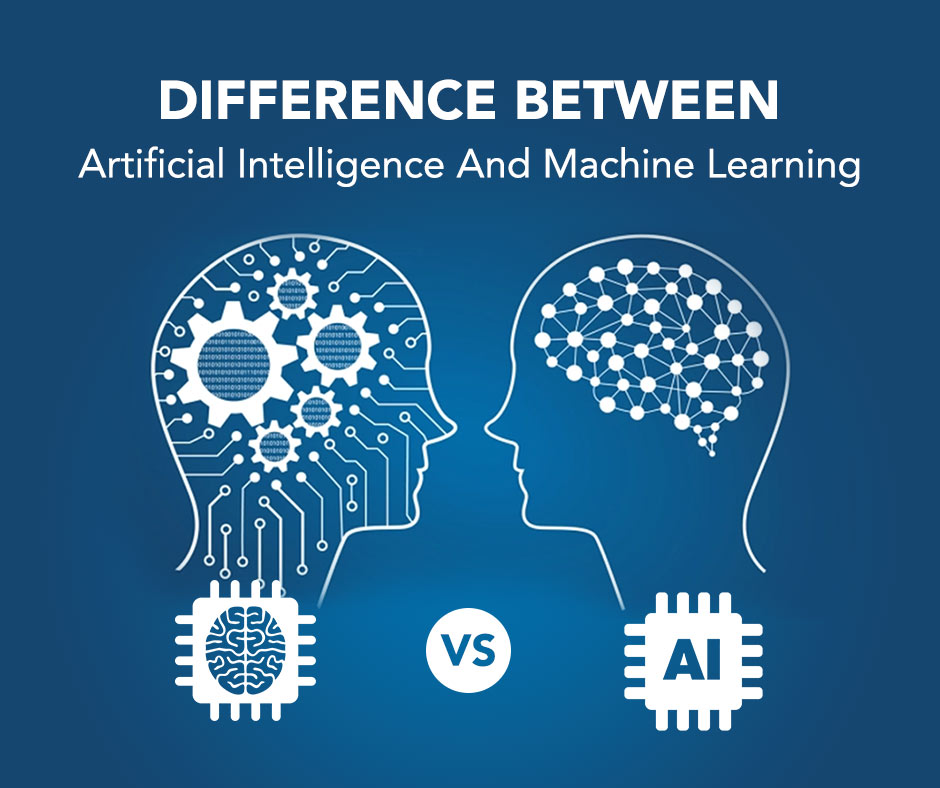

Without discussing artificial intelligence ( AI) or machine learning ( ML), a discussion on technology is almost unlikely.
These terms appear in debates everywhere about how technology changes the environment and streamlines our lives. AI and ML are also also used interchangeably, making it less obvious the distinction between the two.
We will take a step back and discuss what sets these disciplines apart and how they shape the future of technology in this post which examines AI versus machine learning.
What is Artificial Intelligence?
By concept, artificial intelligence is an IT division that constructs computers and machines that mimic human intellectual behaviour.
John McCarthy introduced the word 'artificial intelligence' in 1956 and described it as the 'technology and engineering of smart machinery.'
What is so interesting about AI is the ability to emulate human decisions and to carry out various intellectual activities.
That is to say, these devices can solve challenges, classify Pinterest images, smartly exchange inventories and manipulate autonomous vehicles accurately.
Although the majority of AI requires a computer that does what human engineers programme "if-then," machine learning is a device that can learn for its own sake.
How is Machine Learning Different?
Remember that machine learning ( ML) is a subset of AI when you compare AI versus machine learning.
Although ML has many similarities with AI, its systems can change when exposed to additional data. It can teach itself, in other words.
ML is an algorithm for decision making in practise. An artist pioneer in machine learning, Arthur Samuel, described this as "a field of research that enables computers to learn without explicit programming."
Samuel and other technicians found that it would be much more effective to teach machines how to think – and to give them access to vast quantities of data – than how to programme them.
Access to all this knowledge enables algorithms to learn more about information collected and to make decisions by using statistically relevant trends.
Machine Learning Today
Today, the ML algorithms are commonly used in applications that suggest the actions of a person like a song on Spotify.
These algorithms can tell if this song is uplifting or melancholic, and find others of similar quality, which increases the chances of the listener enjoying it.
Machine learning also helps computers understand the tremendous complexities of human language and teaches them how to respond naturally.
This is part of the processing of natural languages that depend on ML and has resulted in many exciting new developments.
AI is, of course, pushing and shaping tomorrow's technological advances, which have already generated more than 2.3 million jobs.
AI vs Machine Learning: Developing Skills
AI and ML skills will continue to play a leading role in the development of new technologies that drive what machines can do.
Multiple platforms provide several courses in artificial intelligence, from programming and product management to in-depth learning and language therapy.
I encourage you to explore the course that is offered at Coursera, SoloLearn, Udemy and Udacity if you are fascinated by AI vs machine learning and the possibilities of such technologies.